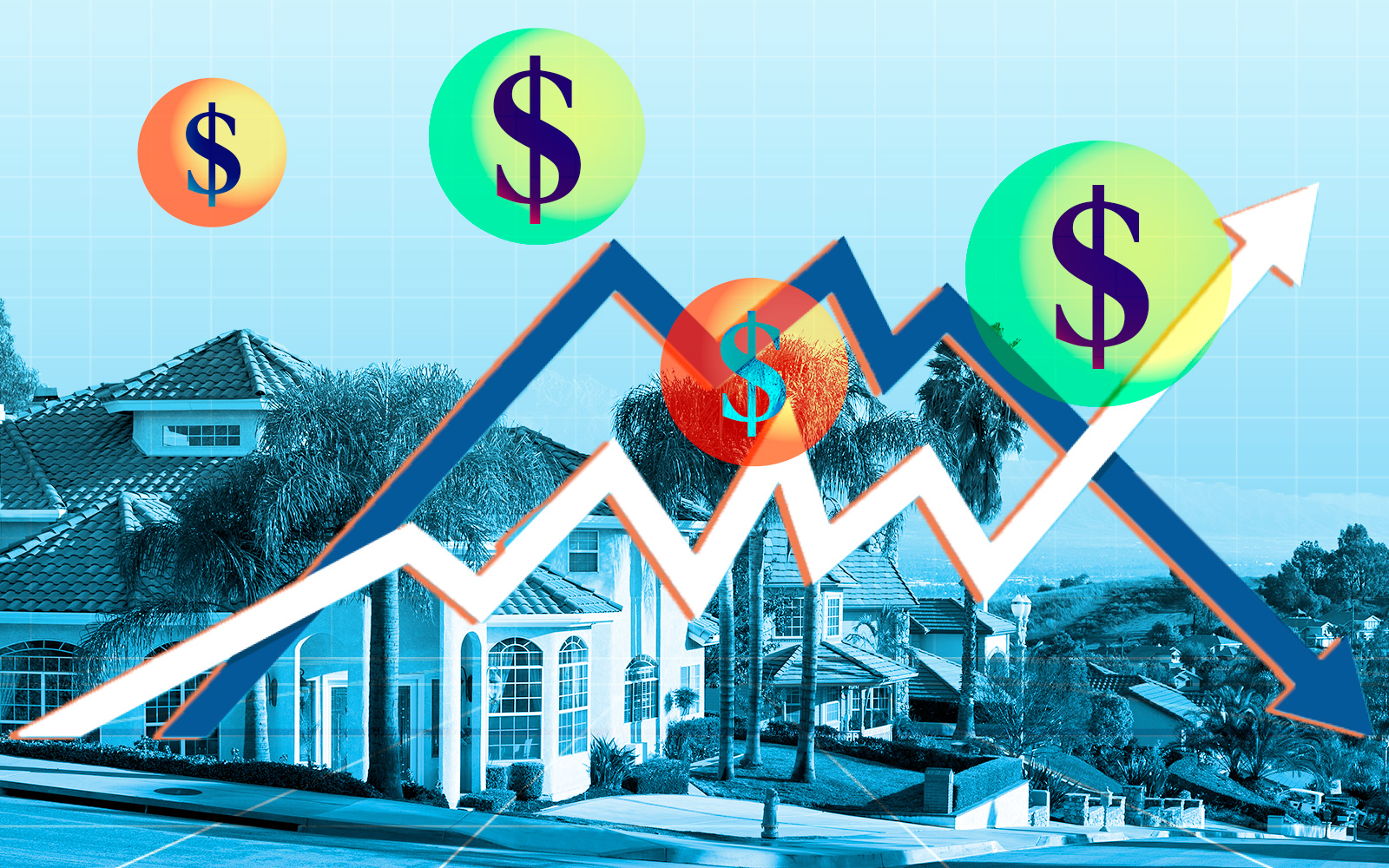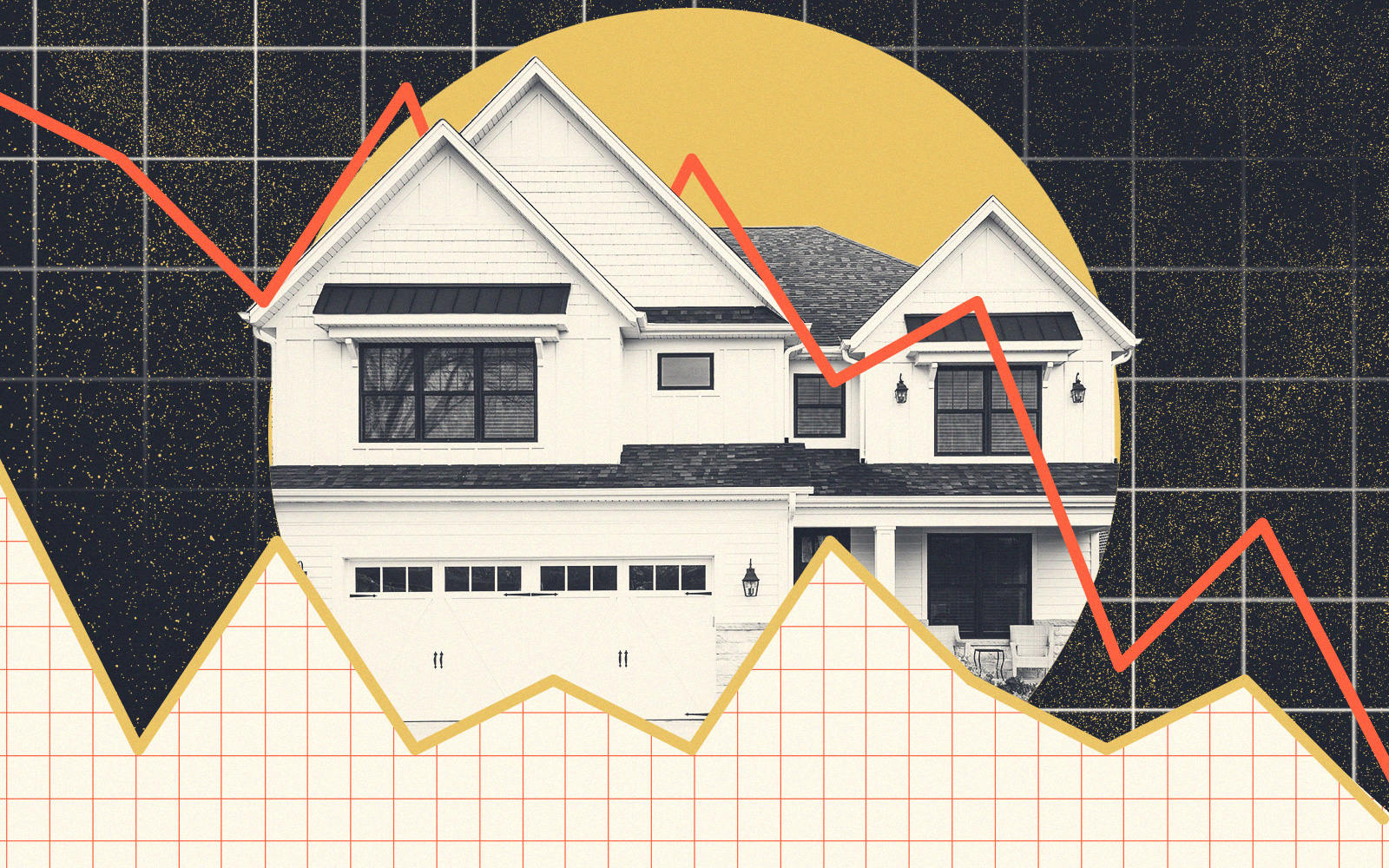Home sales across Southern California have fallen precipitously, with the number of deals down by almost half.
Buyers closed on 13,201 single-family homes and condos in April, down 46 percent in a year, the Orange County Register reported, citing figures from CoreLogic.
It was the third biggest, year-over-year drop since records began in 1988.
The wrench in the machine is high mortgage rates, with the local housing market seeing its slowest-selling April in 35 years. It was also the 18th-worst sales month total on record.
Across the region’s six counties, sales in San Bernardino were down 68 percent, Ventura 59 percent, San Diego 52 percent, Los Angeles 39 percent, Orange 35 percent and Riverside 39 percent, according to the Register.
In the year that ended in April, 182,593 Southern California homes changed hands – the lowest 12-month total since the 2008 market crash. Only seven other similar periods – all during the 2007-08 market crash – had fewer sales.
The Register blamed the home hiatus on the high price of homes, low affordability, too few homes on the market and an overall “building bust.”
The six-county median price in April was $735,000 – up 4.3 percent in a month. It’s down 2 percent in a year and off 3 percent from the record high of $760,000 set last May.
In March of last year, mortgage costs soared after the Federal Reserve employed higher interest rates to cool inflation. The surging cost of money reduced the number of people qualified to buy.
A Southern California household needed to earn $178,400 a year last quarter to buy a median-priced single-family house, up 22 percent in a year, according to the California Association of Realtors. As a result, only 19 percent of SoCal residents can now afford to buy – down from 24 percent a year ago and 29 percent in 2021, according to the Register.
Many homeowners aren’t selling because they can’t afford another house, or don’t want to give up a low mortgage rate. The Southern California market has a 2.5 month supply of single-family homes waiting to be sold, 34 percent below the average since 2008.
— Dana Bartholomew
Read more



